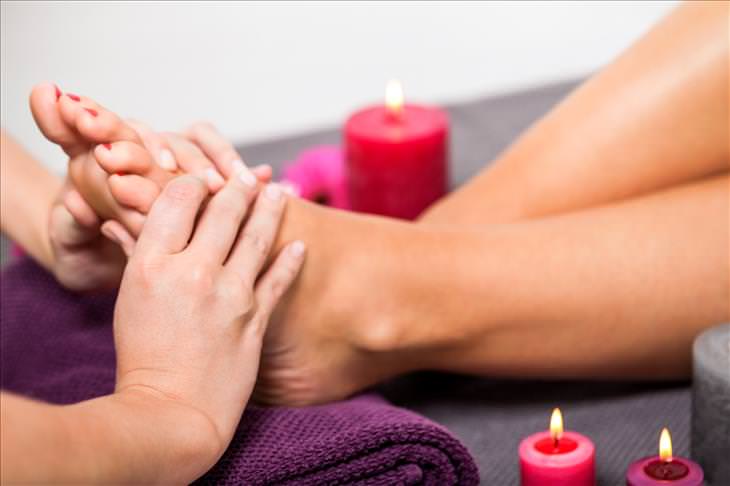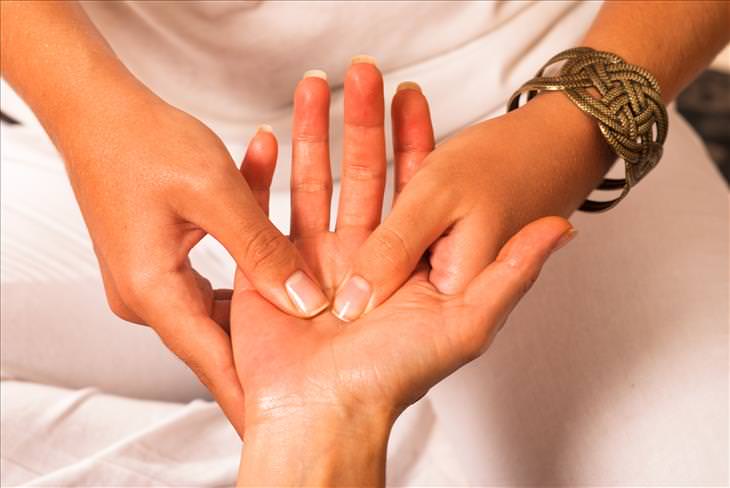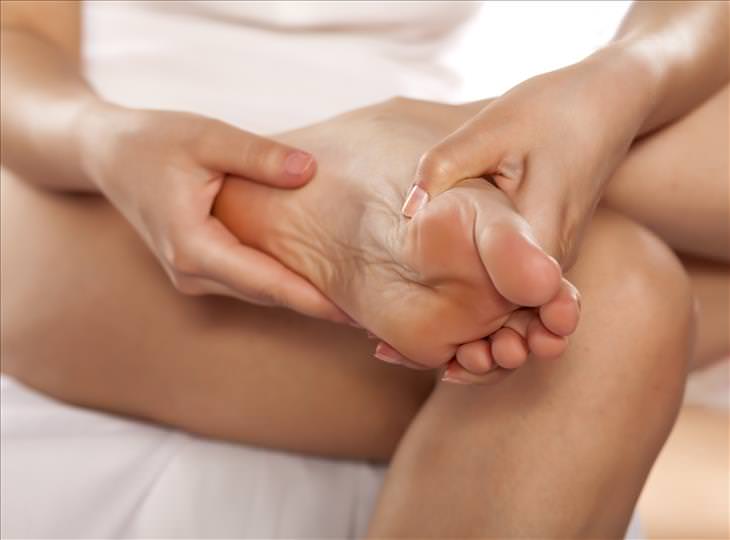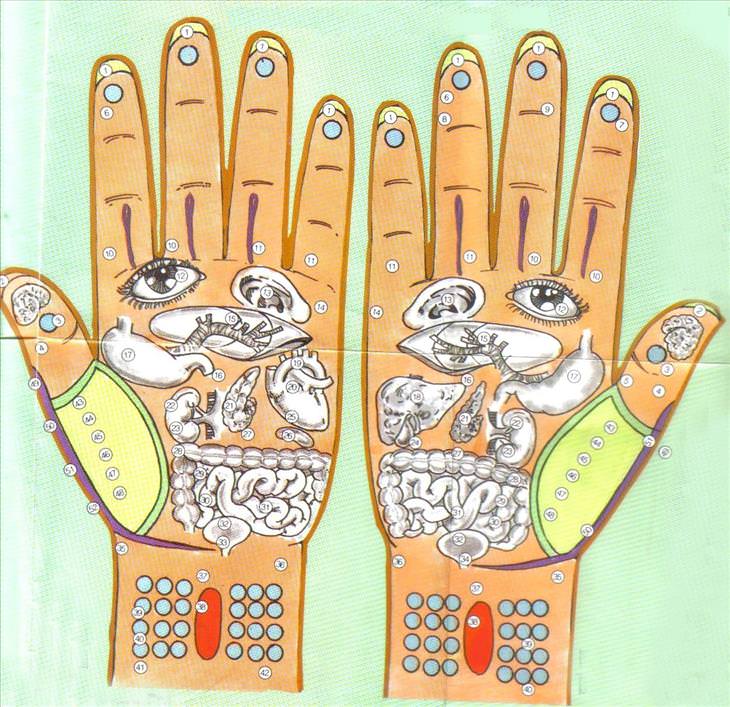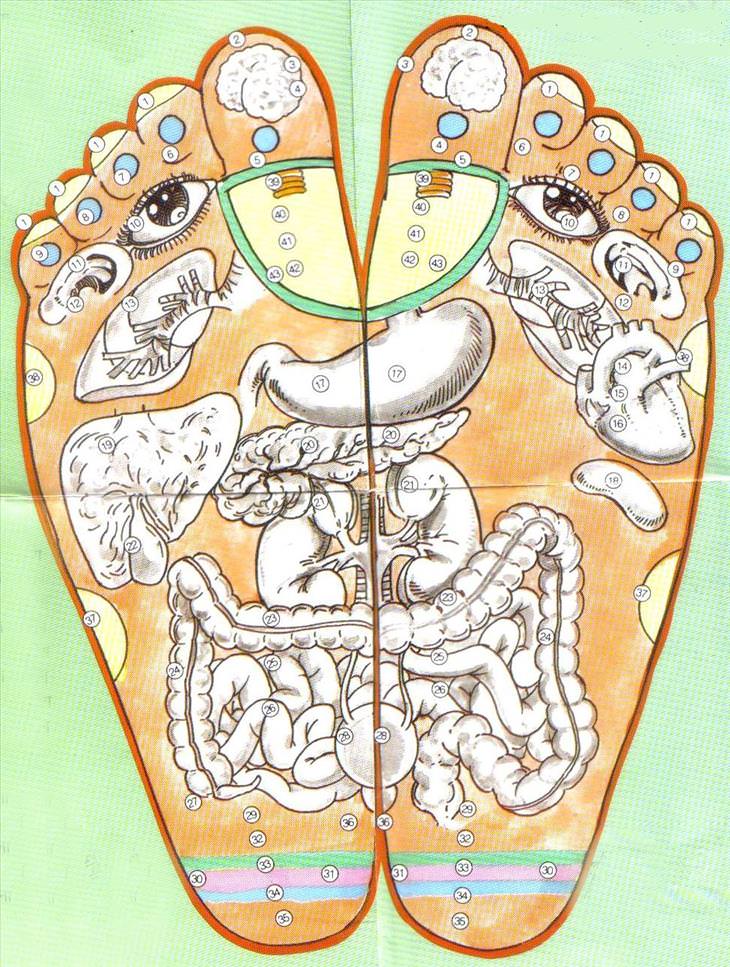
Click on one of the links below to get started:
1. What Is Acupressure?
2. How Acupressure Works
3. How to Use Pressure Points
4. Reading Pressure Point Charts
5. Pressure Point Chart: Hands
6. Pressure Point Chart: Feet
7. Tips For Beginners
Acupressure is an ancient form of healing that makes use of the fingers to gently stimulate key points which are linked to your body's natural self-curative abilities. It dates back over 5,000 years and originated in Asia.
Acupressure has been found to effectively relieve stress-related issues, and is perfect for preventive health care and self-treatment, as it can naturally boost your immune system. Acupressure can reduce pain, release tension, improve circulation, and even promote overall good health and spirituality.
Acupressure points are sensitive areas on the skin that have a high level of electrical conductivity, thus allowing them to channel healing energy in a very effective manner. The Chinese refer to this energy as Chi or Qi, while the Japanese call it Ki. Yogic practices, on the other hand, refer to this energy as prana.
No matter what you call it, the universal healing energy remains identical everywhere you go and is something that links us to the rest of the universe. This energy can still be channeled anywhere without using the appropriate pressure point but it's the feat that is very challenging to properly control, which is why acupressure points are so convenient.
Acupressure might sound like a complex affair, but applying it couldn't be easier! Simply follow these tips to ensure that every acupressure session goes as smoothly as can be:
• When applying pressure to the hands or feet, make sure it is light and steady, and hold it for between 1 and 3 minutes.
• Increase pressure if you are not feeling anything and decrease pressure if it starts to feel sore.
• Sit in a comfortable position and close your eyes while applying pressure.
• Afterward, try and breathe deeply for 5 to 10 minutes to maximize the effects.
In order to make use of a pressure point's healing potential, you'll first need to locate it. That's why we've given you access to two incredibly detailed pressure point charts, one for the hands and the other for the feet. Simply go through the list of issues that can be found beneath each image, and apply pressure to the pressure points that correspond to any physical or mental health issues that you would like to heal.
Click on the image below to enlarge it!
 xxx
xxx





• Avoid applying pressure to tumors, wounds or cuts.
• Never apply pressure to a single point for longer than 3 minutes.
• Always apply pressure gently.
• Never substitute acupressure for medical intervention, but use them to complement each other.
• Always breathe deeply, smoothly, and slowly when applying pressure and even during the breathing exercises that follow.
• Never apply pressure to the throat.
Make sure you share this guide with anyone you know!
Acupressure Guides: Learn All the Important Points and How to Use Them

With Age Comes Wisdom! Great Advice From People Over 50
Why get advice from a book when you can get great advice from a person over 50?
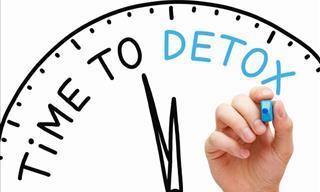
Feeling Drained? Your Body May Be Loaded with Toxins...
Feeling drained? You may have too many toxins in your body. Here's what you need to know.

These Remedies That Get Rid of Facial Hair Actually Work
Got excess facial hair? Here are 7 natural remedies to remove it.
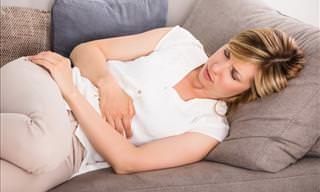
MPORTANT: 7 Stomach Germs You Need to Avoid and How!
Guide: Understand what these common germs do and how to avoid them.
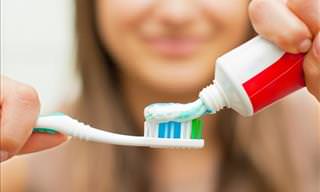
This Guide Will Show You How to Heal Cavities
This guide will take you through seven ideal ways to care for your teeth.
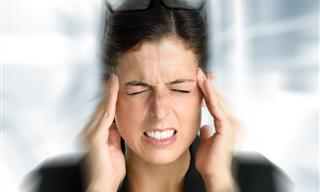
Suffer From Dizziness? These Home Remedies Can Help
We all experience dizziness from time to time. These home remedies will help alleviate the symptoms.
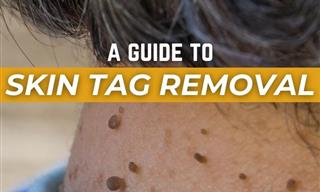
What’s the Best Way to Remove Skin Tags?
What is the best and safest way to remove skin tags?
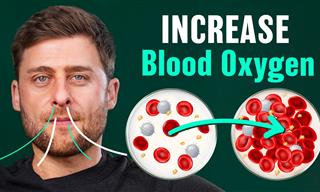 14:44
14:44
The Secrets to Getting More Oxygen in Your Cells
The best (and easiest) exercises for better breathing.
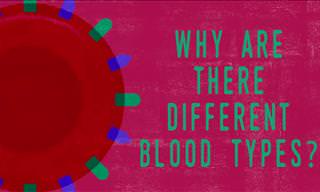 4:42
4:42
Did You Know: Why Are There Different Blood Types?
There are four main blood types that are prevalent throughout humanity. Watch this fascinating video to learn about blood types and their differences.
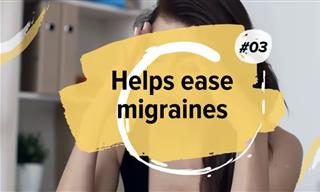 11:39
11:39
What Happens if You Consume Ginger Every Day?
Join us as we unravel the myriad ways ginger could influence your health and well-being.
 6:27
6:27
Zero Sugar: What You REALLY Need to Know
Are zero sugar foods really healthy? Let’s find out…
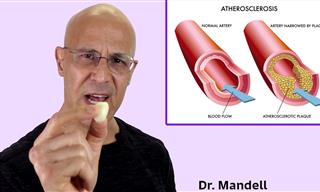 3:59
3:59
The Many Benefits of Eating 1 Crushed Garlic Clove a Day
Did you know that eating one crushed garlic clove a day can do wonders for your heart's health? Find out more.

Protecting Yourself from Medical Errors: A Patient's Guide
Medical negligence is on the rise – here’s how you can keep yourself safe from it.
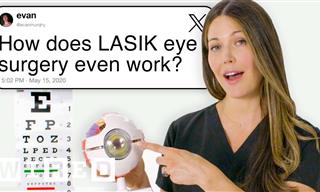 13:30
13:30
25 Things About the Human Eye That Will Surprise You
Ophthalmologist Ashley Brissette, MD answers common eye-related questions for you.
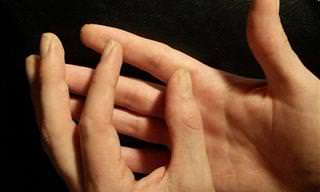
Make Your Aches & Pains Disappear Using This Method
If you suffer from aches and pains, use reflexology and acupressure to help alleviate the pain.
 6:32
6:32
Unusual Signs of Vitamin B3 Deficiency You Mustn't Ignore
You may not realize you have Vitamin B3 deficiency!
 4:38
4:38
How to Fix Your Sleep Schedule – Science-Backed Facts
Find out how your circadian system functions as an internal clock to keep your body running.
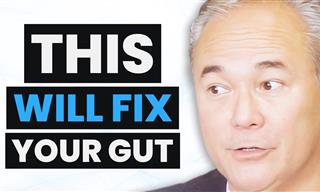 1:54:34
1:54:34
Microbiome Expert: Eat This to Heal Your Gut
This pivotal work outlines the detrimental shifts within our gut health and provides a precise, practical blueprint for rejuvenation and weight loss.

7 Anxiety-Inducing Activities You Are Unknowingly Doing
Be careful! These supposedly calming common habits are making you more anxious.
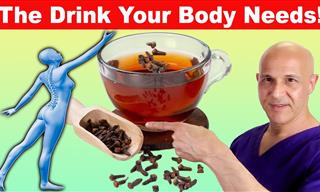 5:11
5:11
Why Clove Water Could Change Your Health Forever
Adding a few cloves to your morning water could transform your wellness routine.
 23:47
23:47
Start Using Yoga For Neck & Shoulder Pain Relief
If you are suffering from a lot of knots and tightness in your neck and shoulder muscles, then give these yoga stretches a try.
 2:02
2:02
5 Common Myths About Sugar We Must Stop Believing
In this video, we discover the truth behind 5 of the most common myths about sugar.
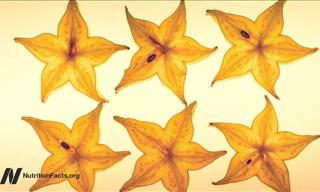 3:17
3:17
WARNING: Why You Should Stay Away From Star Fruit
Hear more about the star fruit, and why you too should avoid it to prevent the risk of brain damage.
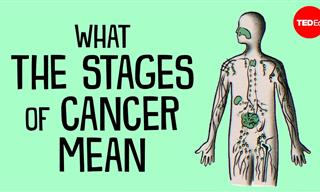 5:29
5:29
Cancer Stages: How Cancer Type Affects Staging
The stage of cancer is more than just a number.
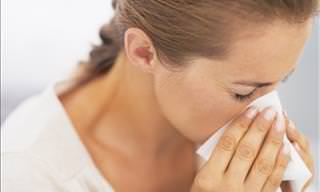 1:11
1:11
Here's a Quick Guide to Instantly Clearing a Blocked Nose
Got a congested nose? Remember these priceless tricks and thank us later!
 16:23
16:23
Stiff Ankles? Fix Them Fast with These 3 Exercises
Struggling with stiff ankles? Try these simple exercises today.
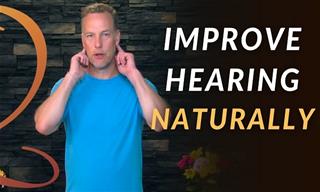 7:55
7:55
Natural Methods to Improve Hearing That Actually Work
Now you can improve your hearing at home with these natural methods.
 4:43
4:43
Planning a Cleanse or Detox? Watch This Video First ...
A health expert explains why cleanses and detox products don't actually work... And what does.

Can Olive Oil Reduce the Risk of Dementia?
If you only consume 7 grams of olive oil daily, which is about half a tablespoon, you can reduce your risk of death from dementia by 28% .
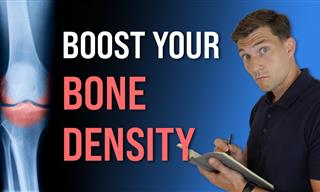 10:55
10:55
Want Strong Bones? Start These Exercises Today
Follow these expert-recommended workouts for healthy bones.
 6:39
6:39
The Truth Behind the Most Popular Types of Diets
There are a lot of popular diets out there. But which one works the best?
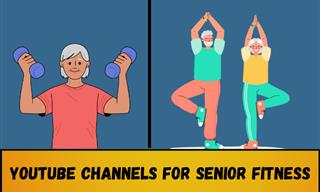
6 YouTube Channels for Seniors Looking to Stay Active
These YouTube channels are making lives easy for senior citizens.
 7:38
7:38
Stay Active with This Quick Kitchen Counter Routine
This easy five-minute kitchen counter workout will help seniors build strength without any fancy equipment.
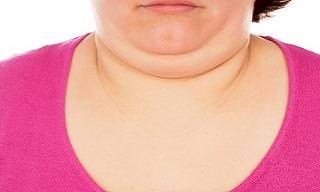
Say Goodbye to Your Double Chin with These 5 Exercises
These 5 exercises will help give your chin a tighter, younger, and healthier look, and eventually to help you get rid of a double chin all together.
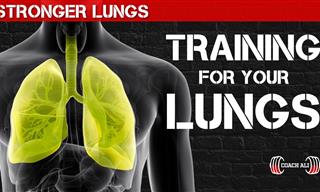 17:32
17:32
Your Lungs Will Be in Great Shape With These Exercises
Want to increase lung capacity? Use this wonderfully effective technique.

What to Do When You’ve Eaten Way Too Much Sugar
Feeling tired and sluggish after eating something sweet? Here's how to undo the negative short-term and long-term effects of sugar on your health.
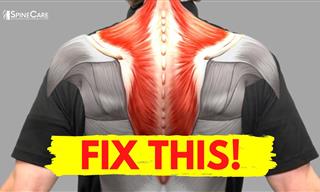 9:26
9:26
Fix Muscle Knots in the Neck and Shoulders in a MINUTE!
You can do these easy exercises anywhere, anytime, and they will help you get rid of muscle knots in under a minute!
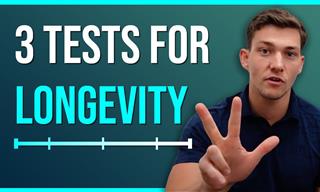 10:01
10:01
Find Out if You’re Aging Well with These 3 Simple Tests
Test your longevity with these three at-home assessments.

Which Drinks Increase Your Risk of Stroke?
Let’s see what exactly these studies say, which drinks are worth drinking more of, and which ones are best to avoid.
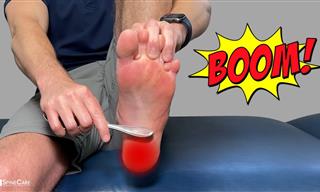 13:10
13:10
Relieve Pain in the Feet and Heels in Just a Few Minutes!
Do you experience frequent pain at the bottom of the feet? If so, check out these simple exercises for instant relief!
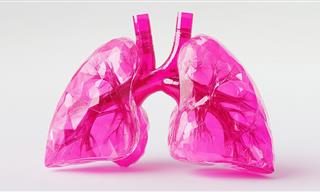
12 Things that Harm Your Lungs as Much as Smoking
To protect your lungs, it is recommended to familiarize yourself with 12 factors that harm them and learn how to protect yourself.
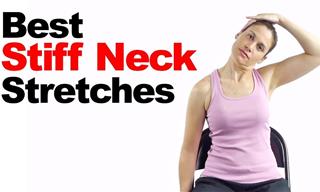 6:22
6:22
The 10 Most Effective Exercises for Neck Pain Relief
Get quick relief from a stiff neck with these easy stretches.
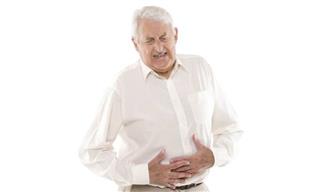
Hemorrhoids: How to Treat Them the Natural Way
In this article you will find out what are the causes of the problem, what are its symptoms, how to alleviate it in natural ways as well as other ways to deal with its symptoms.
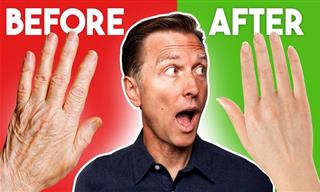 5:25
5:25
Revive Aging Skin with These Doctor-Approved Hacks
Get rid of dry, wrinkled skin with these effective, doctor-approved tips.
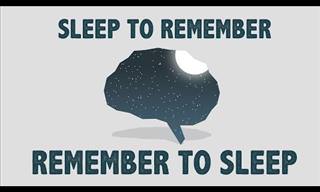 5:45
5:45
Memory Not Working? The Answer May Be Hiding in Your Sleep
If you want to remember better, this lecture will tell you - The answer is in your sleep.
To enable your Ad-Free Subscription, please fill the fields below
Your subscription was successful, now you can enjoy an ad-free experience!!
Note: To make sure you get no ads, please make sure to log in to your account. If you are logged in already, then refresh the page. The subscription can be cancelled at any time.



